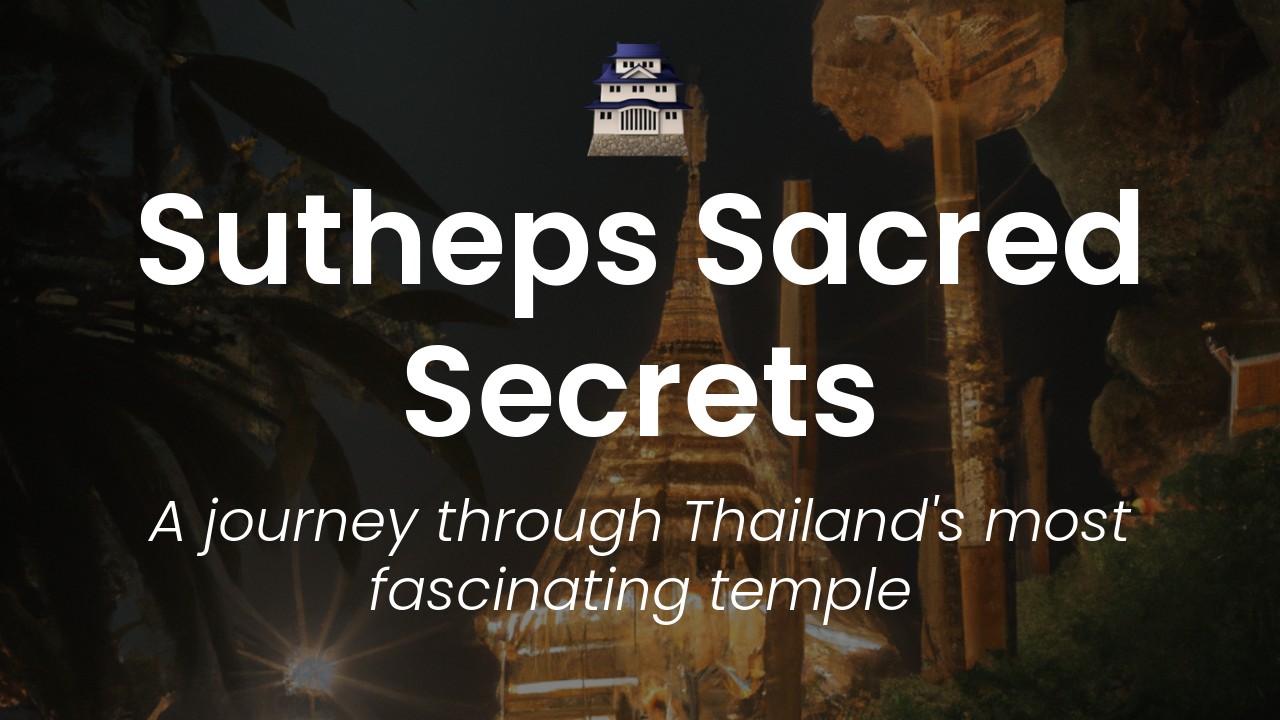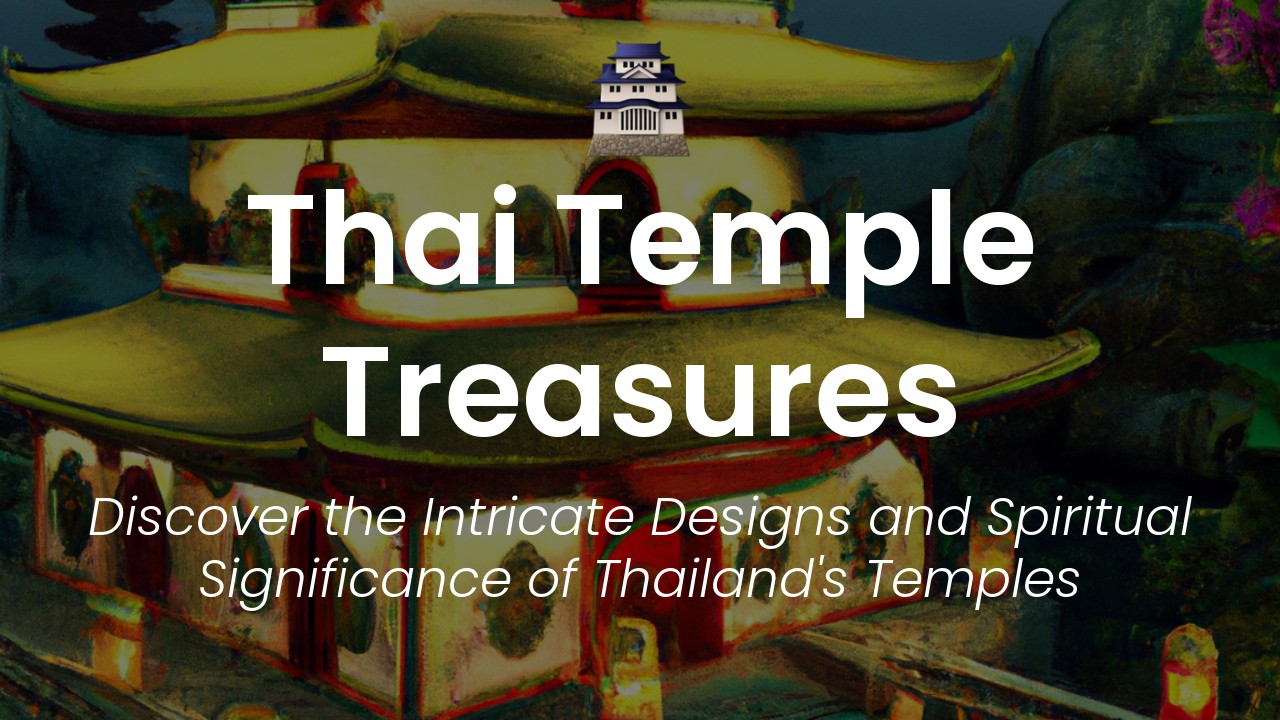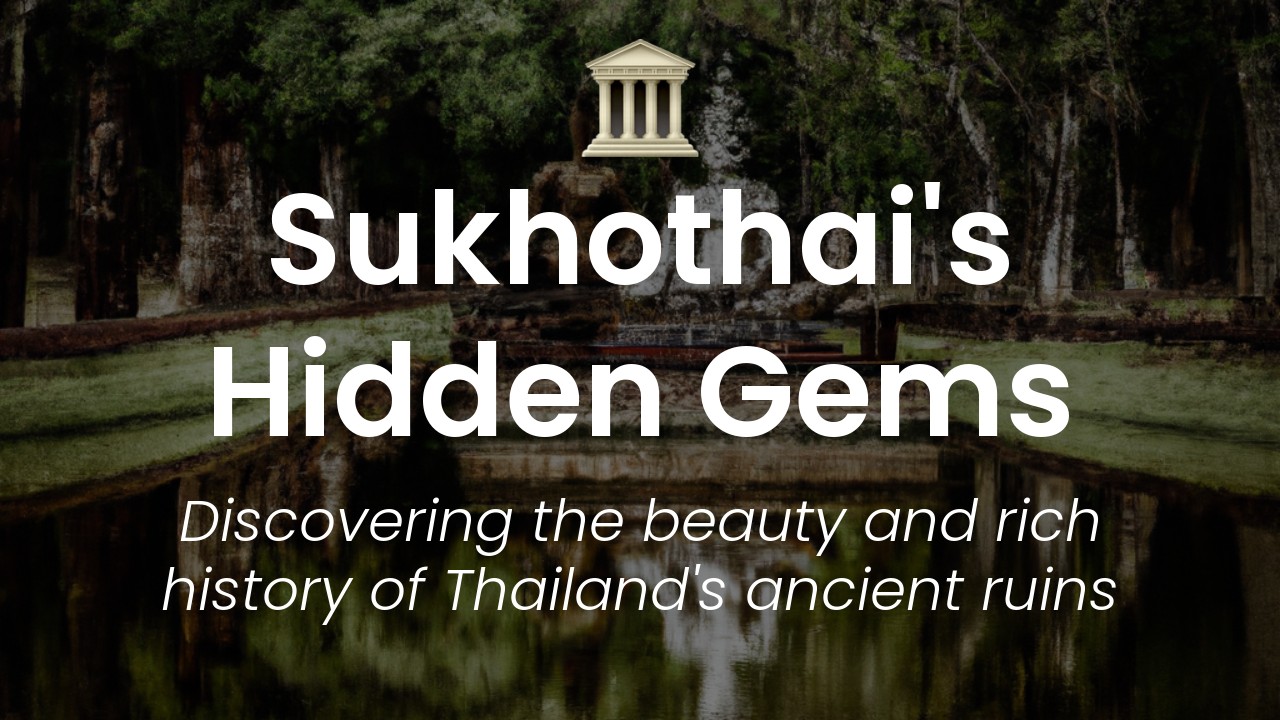As a Thai local, I've always been drawn to our country's many beautiful temples. There's something sacred about these historic structures that seems to transport you back in time, allowing you to experience the essence of our culture and traditions. One such temple that holds a special place in my heart is Wat Phra That Doi Suthep.
Perched high in the mountains overlooking Chiang Mai, Wat Phra That Doi Suthep dates back to 1383 and is recognized as one of Thailand's most important spiritual sites. However, despite its significance, many tourists overlook this awe-inspiring temple in favor of more popular attractions. In this article, I aim to uncover the mysteries of this beautiful temple and share with you its symbolic significance and intriguing history.
To start, let's talk about the temple's location. Wat Phra That Doi Suthep is situated on a mountain with the same name, which is part of the Doi Suthep-Pui National Park. The temple can only be reached by climbing the famous "Naga" staircase, which consists of more than 300 steps. Believe me, the climb is worth it. Upon reaching the top, you will be met with stunning panoramic views of Chiang Mai and the surrounding lush green landscapes.
Whether you're a history buff or a mere curious traveler, Wat Phra That Doi Suthep is indeed a place worth visiting. Get ready to delve deep into the mysteries of the temple and uncover its symbolic significance to Thailand and its people.
History: Roots of Doi Suthep's significance
Nestled high up in the mountains of Chiang Mai, Thailand, lies the historic temple of Wat Phra That Doi Suthep. Known for its stunning architecture and breathtaking views, this temple has been a long-standing symbol of Thai culture and spirituality.
The origins of Wat Phra That Doi Suthep can be traced back to the legend of a monk who discovered a relic bone thought to be from the shoulder of the Buddha himself. The monk, upon arriving in Chiang Mai, had a vision that guided him to the site now known as Doi Suthep.
Upon finding the site, the monk constructed a small temple to house the relic bone. This temple would eventually become the magnificent Wat Phra That Doi Suthep that we know today.
Architecture: Intricate designs on temples, stupas
The architecture of Wat Phra That Doi Suthep is a sight to behold. From the intricate designs on the temples to the towering stupas, each element of the temple's design has a deeper meaning and purpose.
One notable aspect of the temple's design is the use of the naga, a mythical serpent often depicted in Buddhist temples. At Wat Phra That Doi Suthep, the naga adorns the staircase leading up to the temple, serving as a protector and symbol of good luck.
The temple's main stupa, or chedi, also holds great significance. At over 20 meters tall, the chedi is adorned with intricate carvings that tell the story of the Buddha's life. It's said that upon reaching the top of the chedi, visitors can attain enlightenment.
Legend: How a monk found Doi Suthep's site
The legend of the monk who discovered the relic bone at Doi Suthep has become an integral part of the temple's history and significance. According to the legend, the monk, named Sumanathera, was entrusted with the relic bone by the king of Sukhothai.
Sumanathera traveled with the relic bone to Chiang Mai and had a vision that led him to the Doi Suthep mountain. There, he found a white elephant who, upon seeing him, circled the mountain three times before disappearing.
Taking this as a sign, the monk constructed a small temple at the site where he found the relic bone. Over time, this temple grew into the magnificent Wat Phra That Doi Suthep that we know today.
Pilgrimage: Importance of Doi Suthep to Thai Buddhists
For Thai Buddhists, Wat Phra That Doi Suthep is a revered pilgrimage site. Pilgrims often climb the 309 steps up to the temple, many of them carrying offerings such as flowers, candles, and incense.
The climb can be strenuous, but for many, it's a form of spiritual practice and devotion. At the top, visitors can pay their respects to the relic bone housed within the temple and take in the stunning views of Chiang Mai from the temple grounds.
Festivals: Celebrations held at the temple
Throughout the year, Wat Phra That Doi Suthep plays host to a variety of festivals and celebrations. One of the most popular festivals is the Songkran festival, a Thai New Year celebration that takes place in April.
During Songkran, visitors can witness ancient rituals and traditions, including the bathing of a Buddha image and the pouring of water over the hands of revered monks. There are also cultural performances, food stalls, and other festivities throughout the temple grounds.
Getting There: Transportation to Doi Suthep Mt.
Visiting Wat Phra That Doi Suthep is a must-do activity for anyone visiting Chiang Mai. The temple is located atop Doi Suthep mountain and can be reached by car or motorbike, or by taking a songthaew (a type of shared taxi).
From the base of the mountain, visitors can take a tram up to the temple or climb the 309 steps. While the climb can be strenuous, it's well worth it for the stunning views and the sense of accomplishment upon reaching the top.







